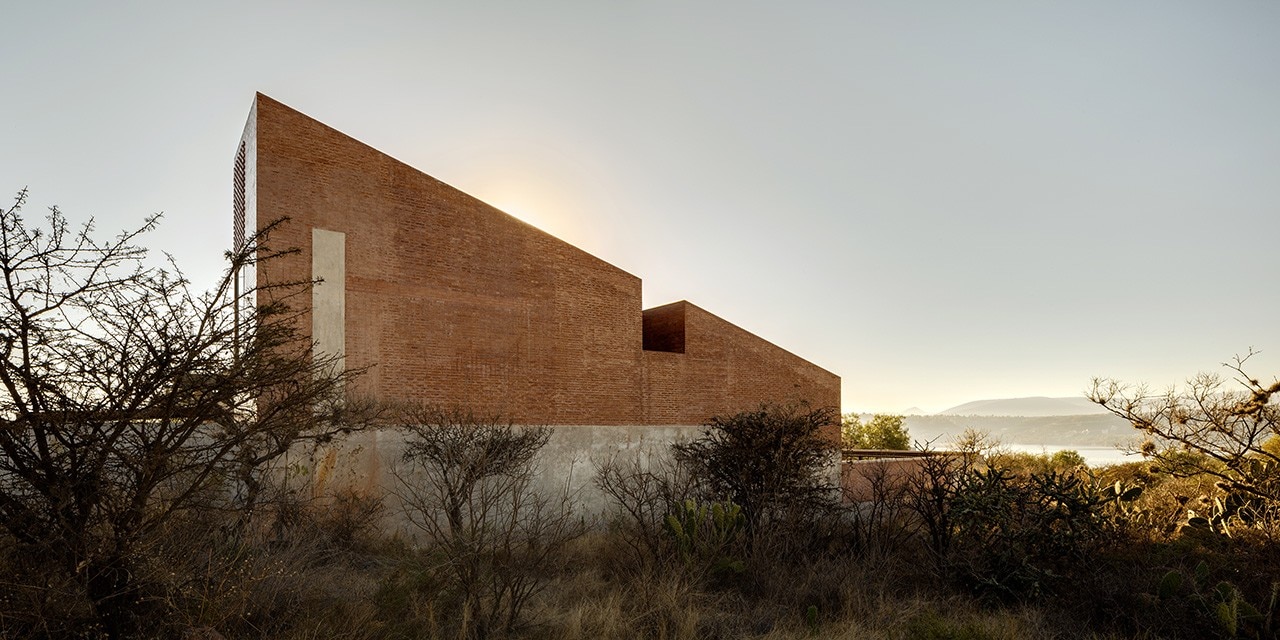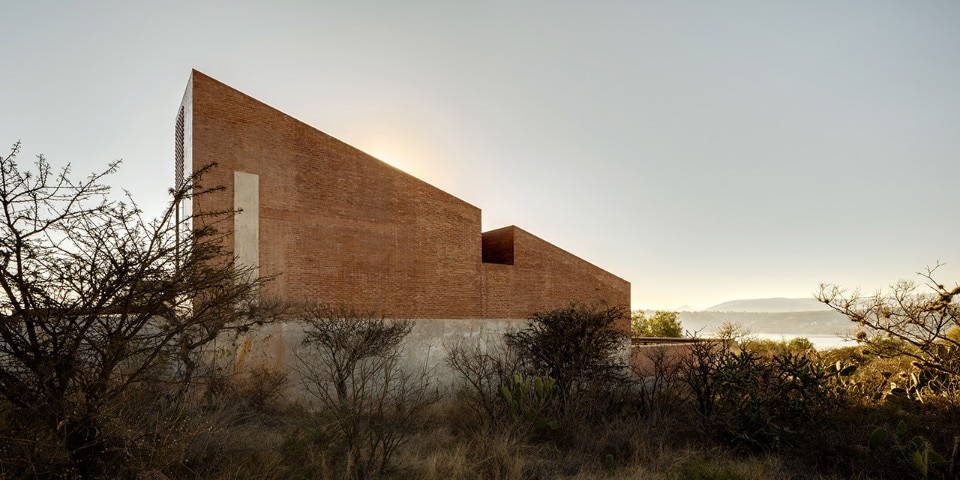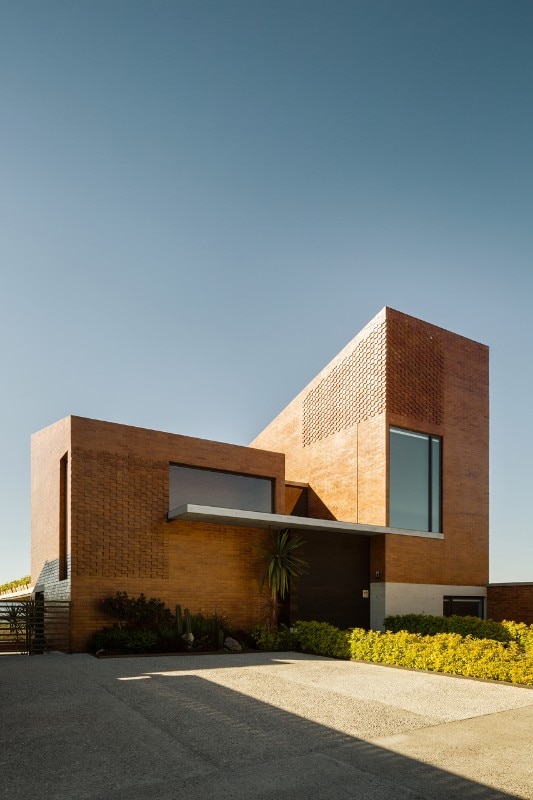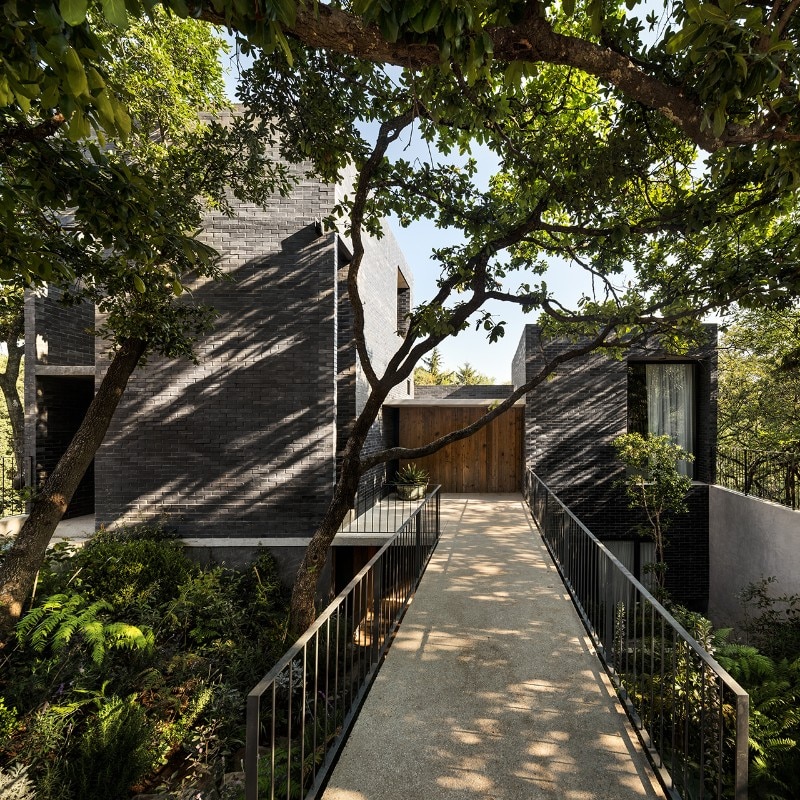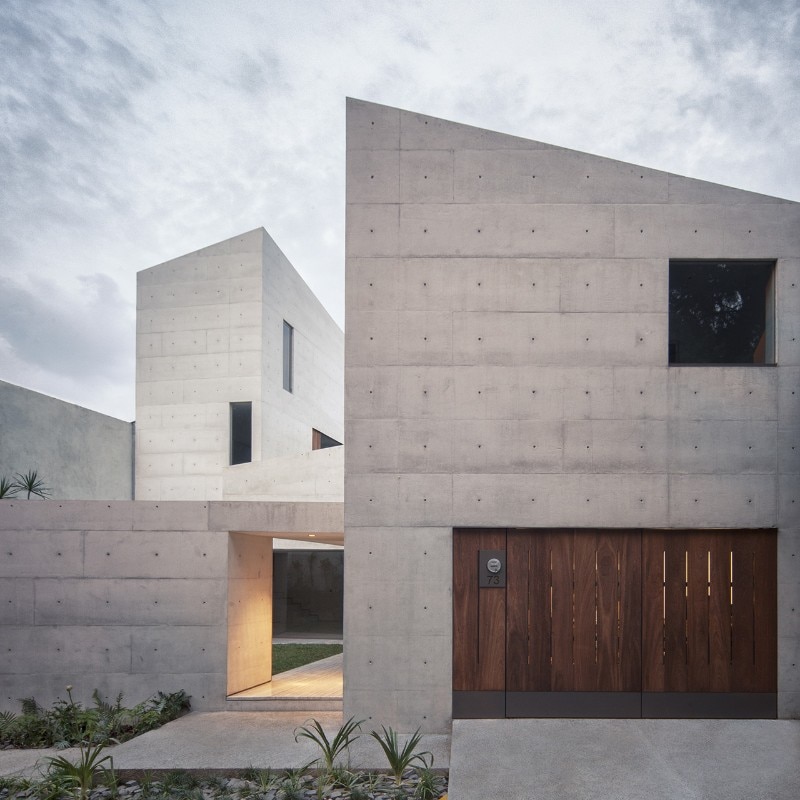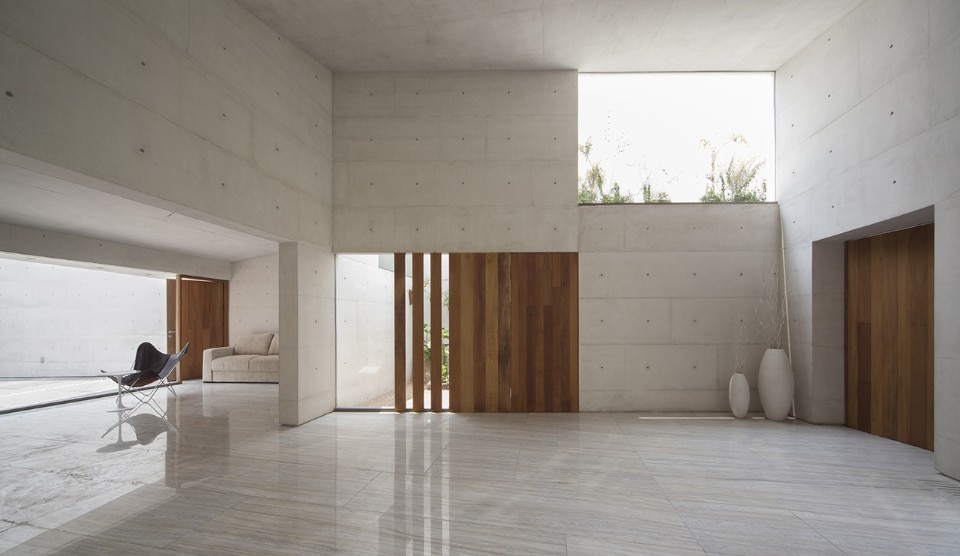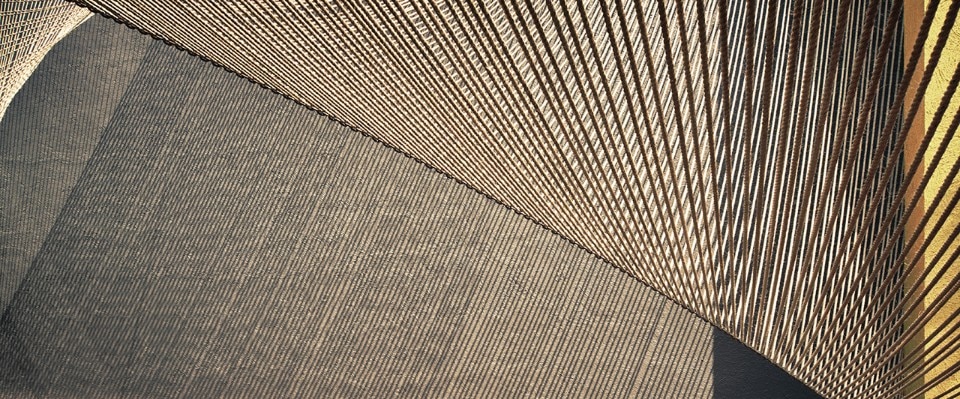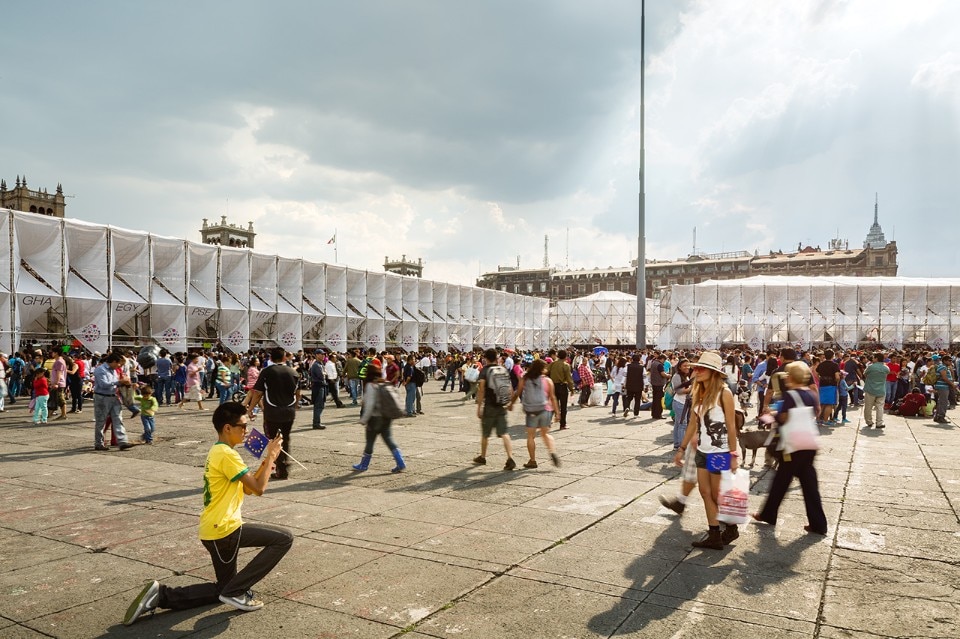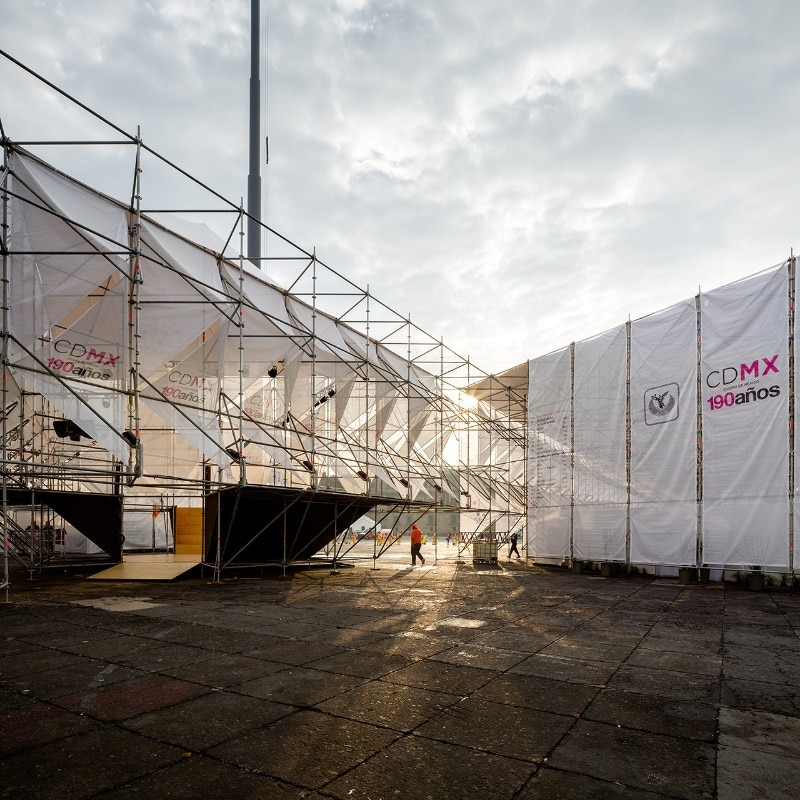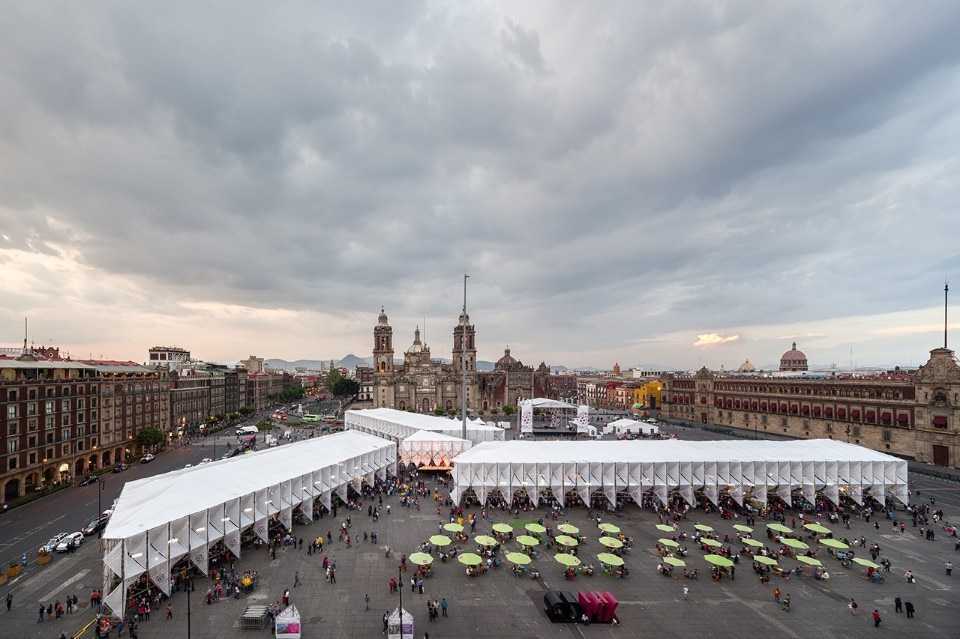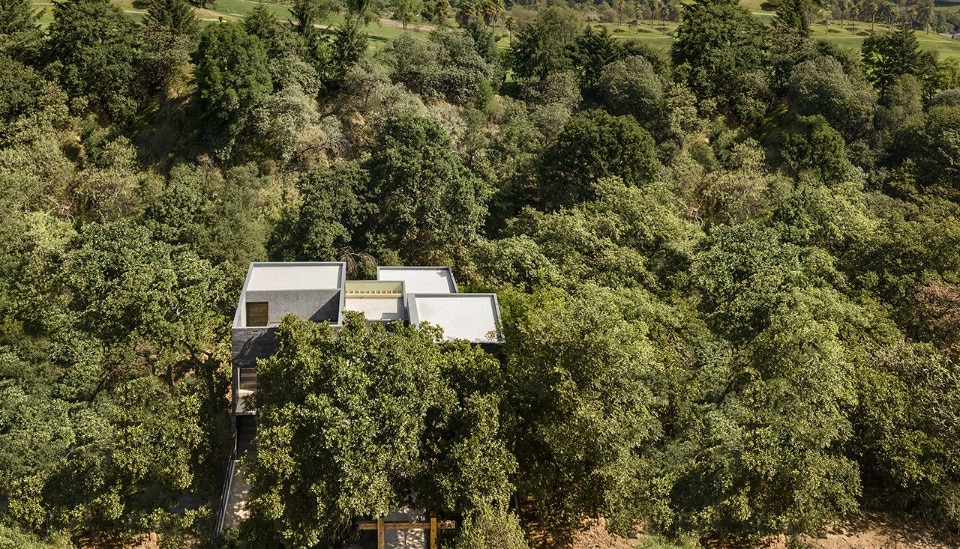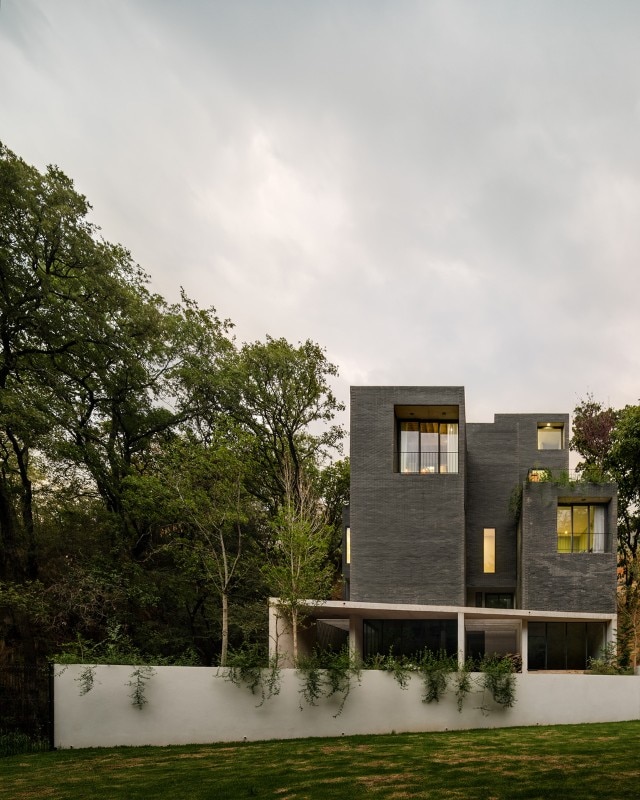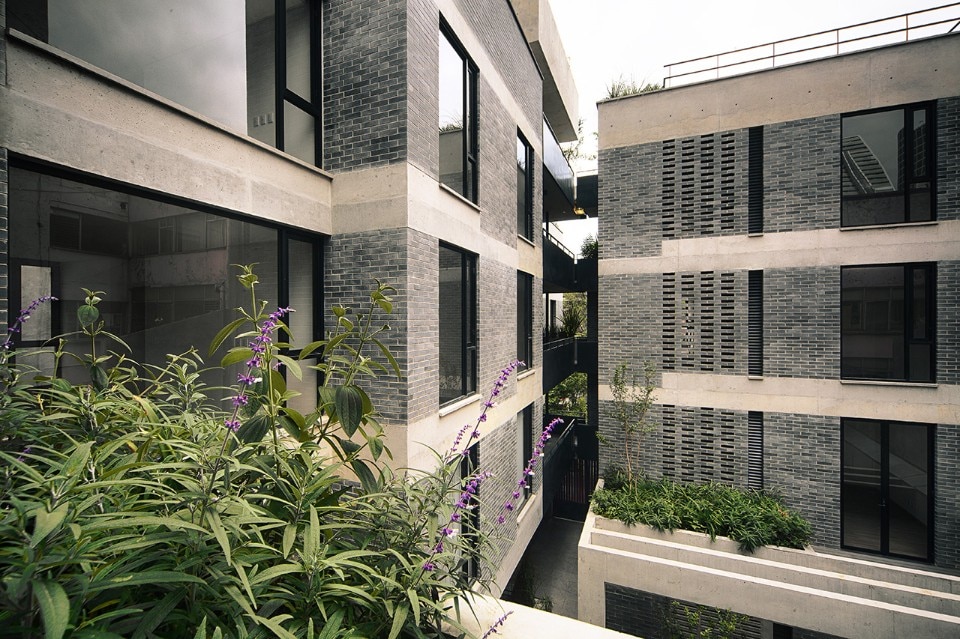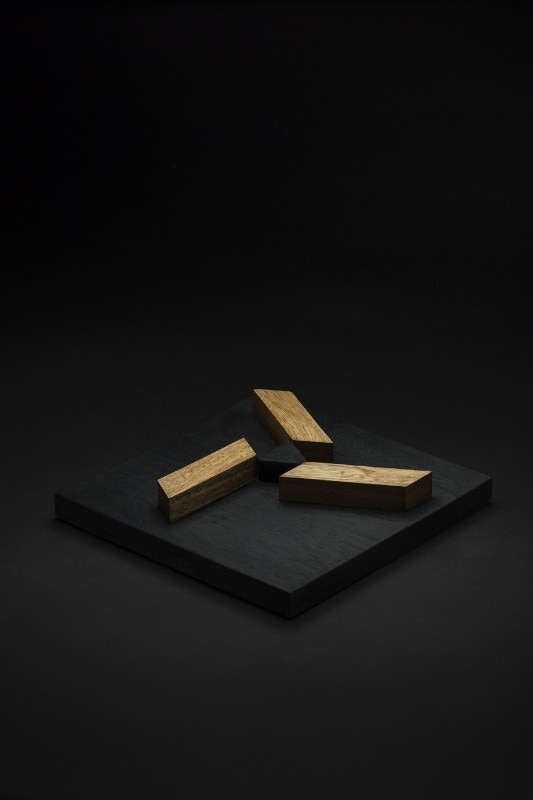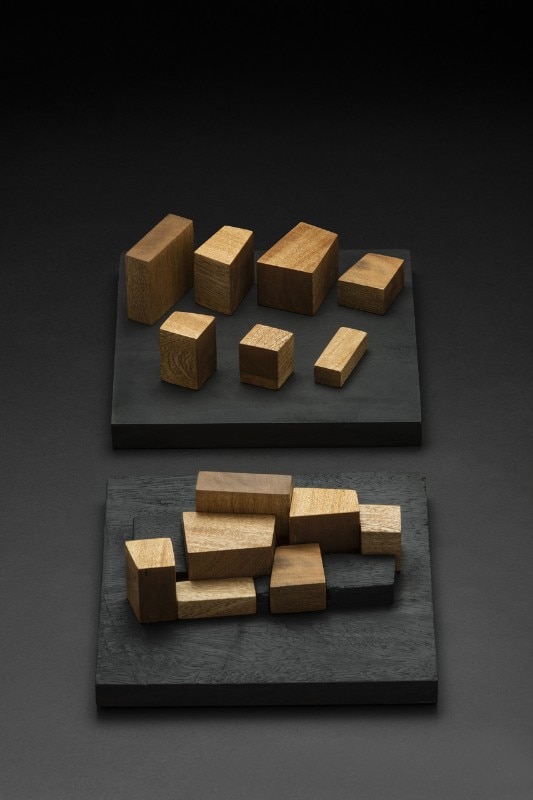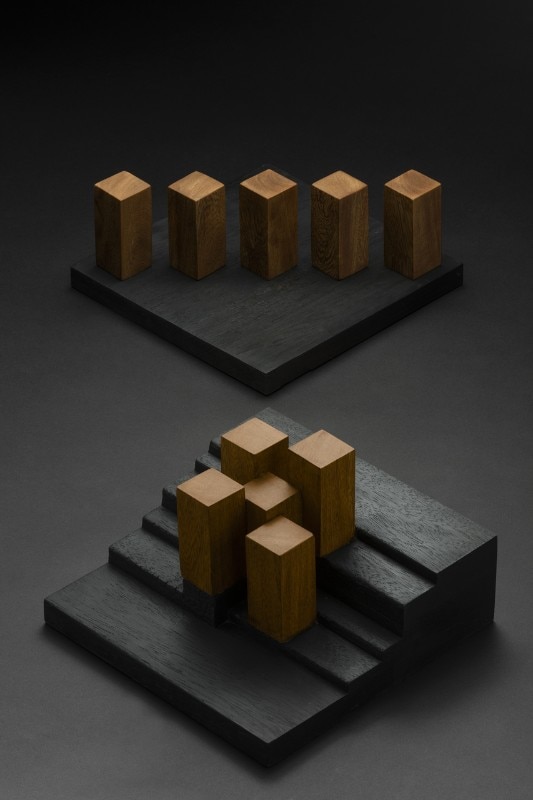With an exhibition of their work – represented by 22 architectural maquettes – currently on show in Mexico City’s Franz Mayer Museum and the recent launch of their book, Arquitectura y Territorio (Arquine), Estudio MMX is heading into its tenth year with great accomplishment.
We sit down with studio founders Jorge Arvizu, Ignacio (Nacho)
del Río, Emmanuel Ramírez, Diego Ricalde in their office in the city’s leafy suburb of Condesa, to discuss the importance of model making, their approach to public installations and designing private homes that speak in a unique tongue.
How did you four come to create the studio together?
Nacho: We all have different perspectives with a similar focus. Along our path, we shared previous work experiences, and had all worked with Alberto Kalach at some point, and we understood how each one of us worked and knew we could work well together.
Tell me about the origins of the name Estudio MMX.
Diego: 2010 in roman numerals spoke to our graphic appeal, and also how we’re more internationally spirited than just belonging to Mexico.
We didn’t want to put our surnames on the office. So 2010 is our official start, and that’s the name.
The maquettes in your exhibition seem more pared-back than the ones I see being produced in your studio downstairs right now. They seem to highlight more form and geometry than the finer details.
Diego: They allow us to look at volume and resolve ideas very quickly. We use wooden block-construction toys to figure out different versions. They’re a refinement of our discussions and summarise the process of each project, so we decided to recreate them for the book and then show the work in an exhibition.
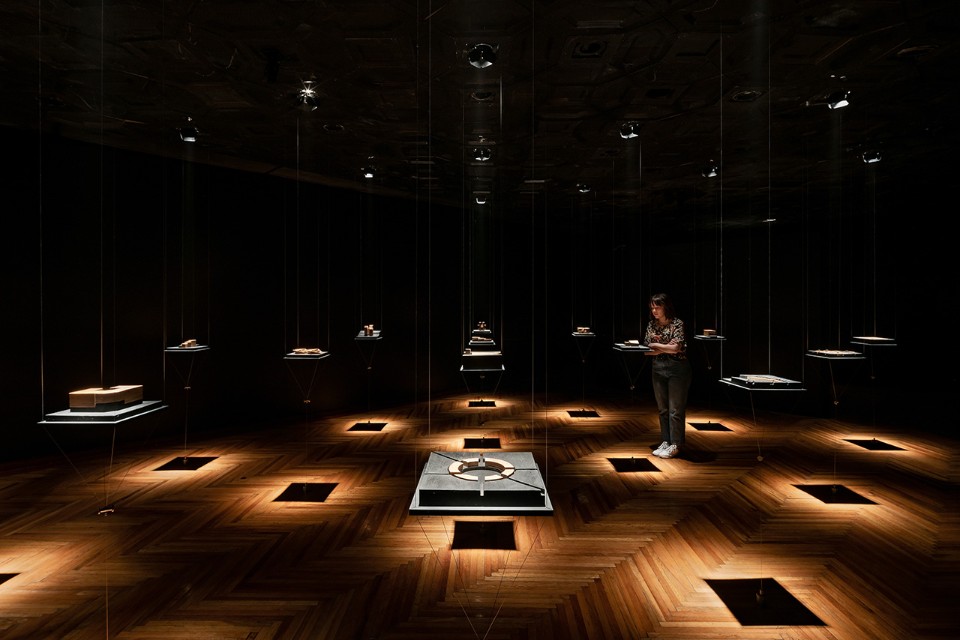
I know maquettes are important in architecture but why do they hold what seems to be even more significance to you?
Jorge: We use them to try out volumes, structures, the organisation of things... They look like experiments, but what we’re really doing is creating a building with them.
Emmanuel: Also, we’re four partners, so each one’s drawings only show a partial part of the architecture. We all see things from a different perspective, but when we look at a maquette, we are all looking at the same thing in the same way. They don’t allow for different perceptions, so they help us make collective decisions, allowing us to see consequences clearly. With drawings, you need many other drawings to get to this same point.

What I loved about your maquettes in the exhibition, was to see how you’ve really used the terrain and levels in the private homes you’ve built. It appears to be a great signature of yours to work in blocks of spaces – to see these spaces as separate items and then to join them together to create the whole.
Diego: Our Cancun Cathedral competition entry wasn’t included in these maquettes, but that was something we did right at the beginning when we started the studio. It was a foundational project for us in many ways. We used it to think of everything that wasn’t the church, that wasn’t the central space of the church, and that’s how we approached the spatial element of the church. We sliced the volumes, and when we put them together they formed a space within them due to the angles of the cuts. This is something that has been repeated constantly in many projects, especially in all our houses – these parts that eventually come together.
Emmanuel: We found an idea that seemed interesting to us. What do you do to make something much larger with many units, while thinking that a building isn’t one unitary thing, but an addition of various units. Casa CAP became the first house after the cathedral. It was a tighter space but the result was distinct volumes that made up a house. We realised that this idea wasn’t going to end there. Every time we had different volumes we could exploit this in another way. In another house, every volume is separated and quite removed. We realised we had a strategy that we could apply and evolve in many ways.
Jorge: It’s very important for us to understand the context of a site. For Casa CAB, there were conditions that included a road high up above, and a protected federal zone 15 metres underneath the road. The homeowners wanted to access the part below while still being well related to the garden and forest surrounding it. What we did, because of the many levels, was to create external terraces and patios at these different levels, between every volume.
You spoke earlier about architecture not being objects. If that’s the case, what are you creating?
Diego: We see it as a series of objects rather than one object, and this series of objects creates distinct narratives and distinct sequences that we aren’t necessarily out looking for. But through seeing a collection of pieces, we see many more possibilities, more surprises, more unexpected spaces. And spaces within architecture offer very unique experiences.
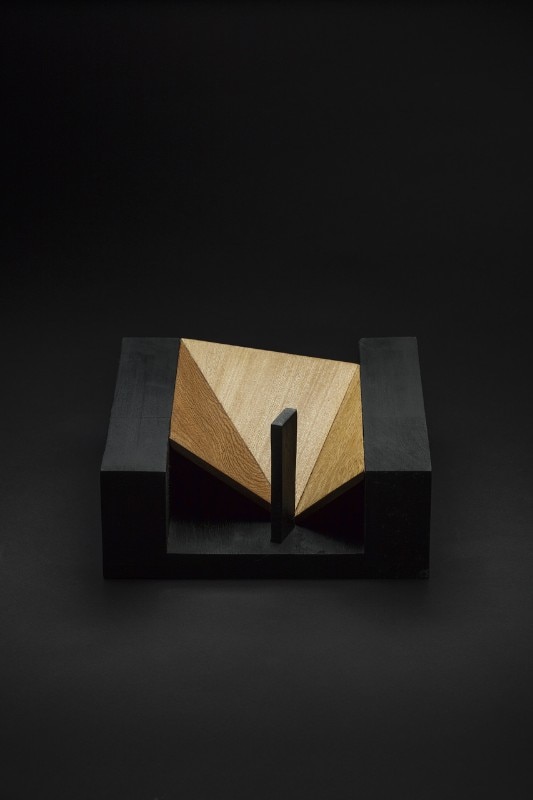
In the year you started the practice you created the Pabellón Eco at Museo Experimental El Eco, made out of hundreds of metres of rope. It put MMX on the map.
Emmanuel: It was the first competition we won as a studio and I think it’s probably what gave us a push and brought us some attention. I know it was very linked to the building’s architecture by Mathias Göeritz.
Diego: Yes, we used the architecture of the building, Mathias Göeritz’s manifesto, the tower outside, the special dialogue that already existed… and the project kind of happened very naturally.
Jorge: What I remember was when we were planning the proposal and the four of us went with our families and really felt the sun beating down on us. Our immediate idea was to cover the outdoor area a little to provide shade.
Nacho: It was a for a very specific period in a place that shows many exhibitions and holds much influence, so it was a great platform and we put a lot of energy into it. The Museo del Eco is a very important place so whatever installation you create needs to be a significant and interesting intervention. It was a temporary pavilion so, when adding additional emotion to the space, we had to think of a very quick exercise with very immediate results, and propose something that we could do with limited resources. It was a very attractive exercise for an emerging office because you have something to show very quickly, demonstrating what you’re able to achieve.
Then you undertook the Feria de las Culturas Amigas in Mexico City’s Zócalo, the biggest public platform in the country. You filled the space in a way that people would engage with it and navigate it easily.
Diego: Exactly. The year before [for the same event] they had created a construction in one corner of the Zócalo. But, since our formative days as a studio, we viewed architecture as not being about creating an object. And that previous year’s iteration was a form of architecture that was just like an object in a corner and the rest of the fair was filled with tents that the international representatives could rent. We didn’t want to do that. We wanted to create an intervention. Not so much to fill the space; more to subdivide it. The power of this design was what would aid people to navigate inside the space and find the best way to locate the international representatives they wanted to see. It was about a navigation system that defined the building, but the building, at the same time, needed to be integrated.
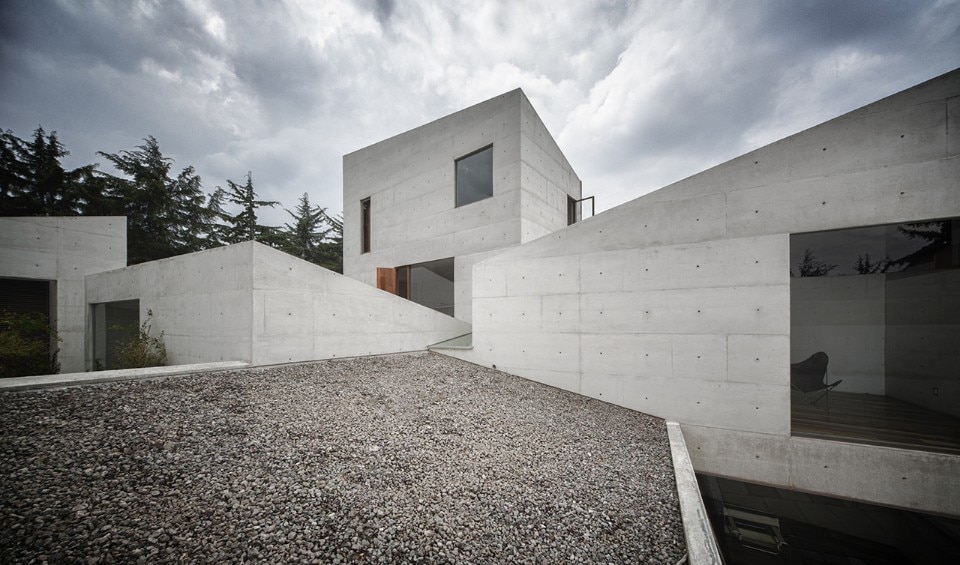
Emmanuel: We like to see beyond what a client asks for, and when they asked us to make the 200-square-metre central pavilion for the 100 embassy stands, we thought it would be more interesting not to make an isolated piece but to create a masterplan that incorporated the other 100 smaller units. We weren’t interested in those wedding-rental tents; we wanted to look at ways of creating a more urban layout. So we ended up designing the whole system with scaffolding and mesh for wind to pass through.
Diego: Also, mesh meant that the government [organising the fair] could use it afterwards as fencing or to cover public works. We didn’t want to utilise a material that would be used for 10 days and then chucked in the bin.
Emmanuel: We convinced the organisers that the potential of the fair lay in how it could relate to the city. Since then, they created a competition open to other firms to design this fair layout.
Diego: As a place for the city, and as a public intervention, it became a way to show how architecture and fairs can be constructed. To show alternative possibilities for such things. Fairs don’t always have to be traditional tents; there are other ways to understand such events and their temporary architecture.


